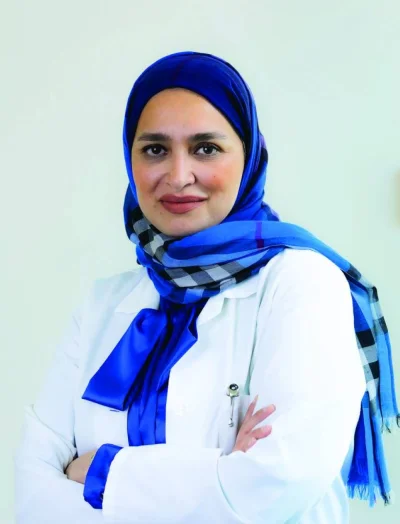By Ghio Ong & Jaime R Pilapil/Manila Times
The measles outbreak that has so far claimed the lives of several children could have been prevented if vaccines were distributed last year.
According to an official of the Department of Health (DOH), only 6% of the MMR (measles-mumps-rubella) vaccines were given to children in 2013.
Health Assistant Secretary Eric Tayag expressed frustration over the very low vaccination coverage.
“It is such a waste because we bought so many MMR vaccines and only 6% was used. We did not even hit 10%,” he said, during a meeting with city health officials. Moreover, Health Undersecretary Janet Garin told local health officials that some provinces achieved only up to 85% immunisation coverage during the agency’s mass vaccination programme for children last year.
Also, she said that in some areas, only 45% of booster shots were distributed.
The official admitted that such an immunisation record “is very alarming.”
Children can be vaccinated for free in barangay (province) health centres, but DOH officials said that despite the availability of vaccines, some parents failed to bring their children for their vaccination shots.
DOH officials said that in 2013, 21 people died of measles, most of them children. Late last year, three deaths were reported — one each in the cities of Caloocan, Malabon and Muntinlupa.
The number of measles cases in Metro Manila jumped to 1,568 last year.
Most patients came from the cities of Las Pinas, Malabon, Muntinlupa, Quezon, Pasay, Taguig, Manila, Caloocan, Parañaque, Makati and Valenzuela.
The recent measles outbreak is a setback to the country’s target of zero measles in the whole country by 2017, which would mean that for every 1mn Filipinos, there would be only one laboratory-confirmed case of measles.
Tayag yesterday urged mothers to bring their children aged nine months to 15 months, to the nearest health centre for measles vaccination.
He directed local health centres to hold daily vaccinations instead of the usual Wednesday schedule. He said an aggressive vaccination campaign is the only way to stop the outbreak.
“Measles is highly contagious. Babies nine months old must be given the first dose. Those one-year-old and above must get their second dose,” Tayag said, as he rushed to the San Lazaro Hospital where more than 200 measles patients are confined.
The Health department said measles outbreak were confirmed in Quiapo, Sampaloc, Tondo, Binondo, Santa Cruz, Port Area, and Santa Mesa in Manila; Dagat-Dagatan and Bagong Barrio in Caloocan City; Talon 5, Talon 2 and Pamplona Uno in Las Pinas City; Longos and Tonsuya in Malabon City; Alabang and Putatan in Muntinlupa City; North Bay Boulevard South in Navotas City; Moonwalk and Don Bosco in Paranaque City; Bagong Tanyag in Taguig City and Ugong in Valenzuela City.
Tayag also the head of the National Epidemiology Centre, said house-to-house vaccinations in these areas is needed. Even those areas with low coverage will be included in the door-to-door measles vaccination.
“The DOH is embarking on a massive measles vaccination drive in the metropolis to stop the outbreak with the agency setting up meetings with the local government units (LGU) and civil society groups to plan a systematic measles vaccination drive,” said Dr Anthony Leachon, vice president of the Philippine College of Physicians.
Asked what could have triggered the outbreak in the metropolis, Tayag said they are looking at the possibility about those coming from outside the National Capital Region having spread it.
The exodus of measles patients to the San Lazaro Hospital started in October.
“The population is mobile. They did not have vaccination in areas where they came from. So, they are susceptible to getting measles,” he said.
Tayag however, clarified that the health department is not blaming those coming from the provinces, including the typhoon-ravaged areas.



